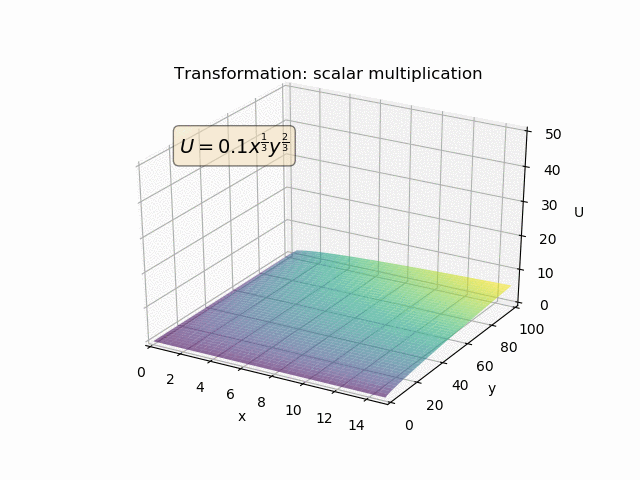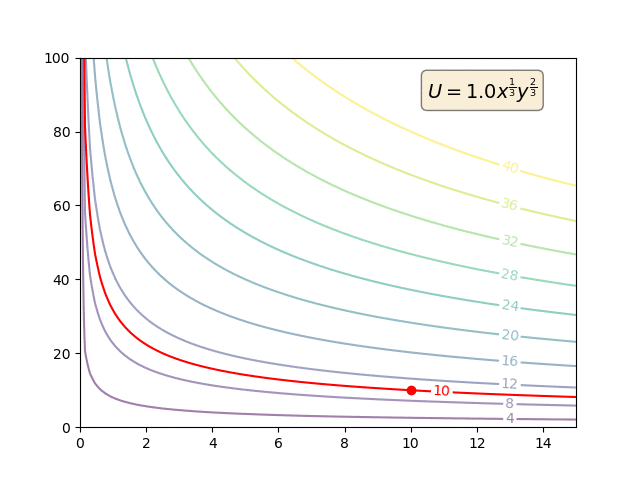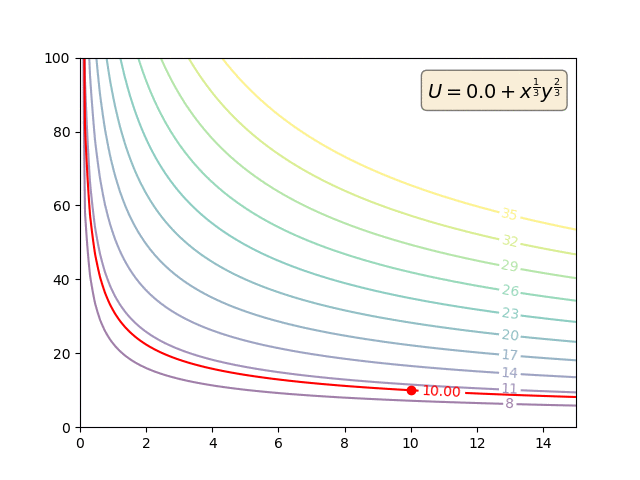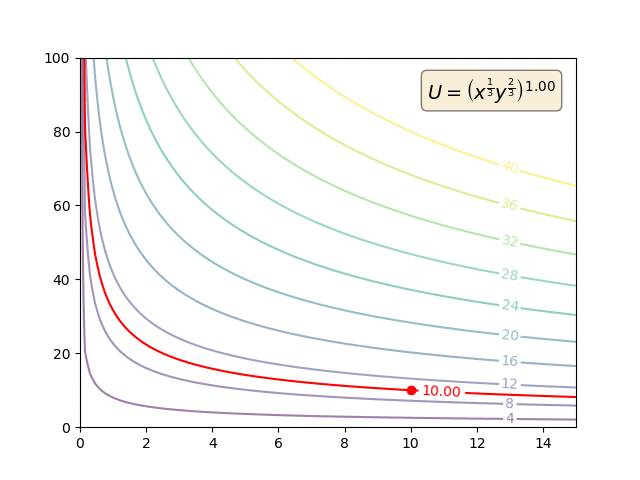You're right that it's a bit counterintuitive that the shape of the indifference curves shouldn't change when you transform the utility function. The reason is that you are transforming along an axis that is perpendicular to the plane where the indifference curve lives.
Let's imagine we have two goods, x and y, and let's say that the original utility function is given by $U(x,y)=x^\frac{1}{3}y^\frac{2}{3}$. We can create a 3D plot of the utility function where $z = U(x,y)$. Any transformation $f(z)$ will work on the z dimension. In the following example, the transformation $f(\cdot)$ is multiplying the utility function by a positive scalar

If you look down on the $x-y$ plane from above, you will notice that you can plot an indifference curve through a point on that plane and it will look identical before and after the transformation. Note that it will not be the same indifference curve because the utility level will change under the transformation. Going back to the multiplication example, let's look at the indifference curve (red line) that goes through the bundle $(x,y) = (10,10)$ (red dot). Regardless of the multiplier, the indifference curve maintains its shape but the associated utility level increases from 10 to 20.

I have also included other level curves, for utility levels 4, 8, 12, ... 40. Note that as the factor with which we multiply the original utility function gets larger, these level curves get squeezed into the lower left corner.
You can see the same thing happening with other monotonic transformations, for example translation (adding a constant) and power transformation.





